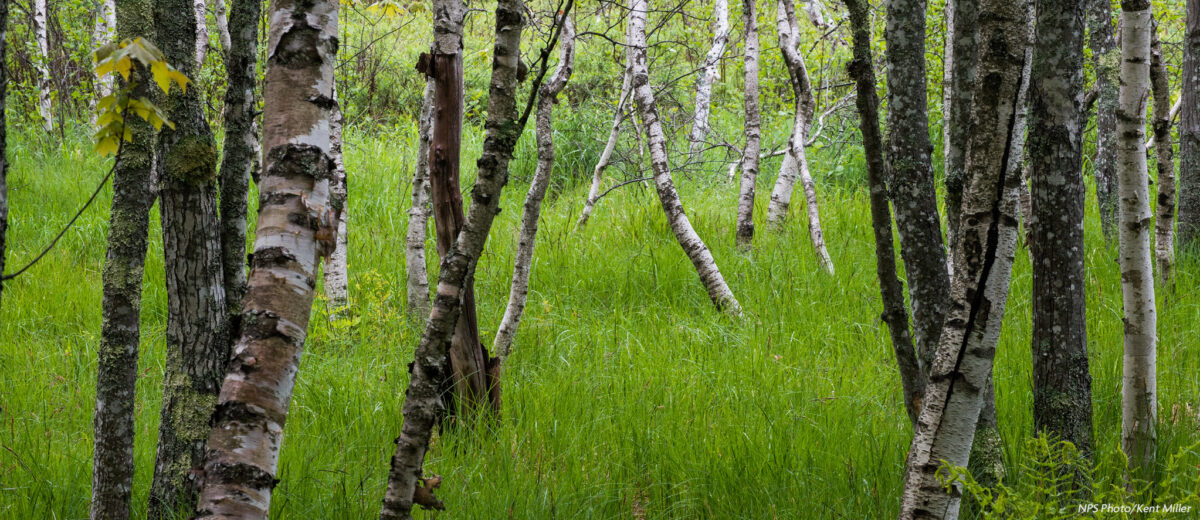Understanding the changing nature of Acadia
Science is for everyone and everyone can contribute to science. And we need everyone to contribute if we are going to address the urgent issues facing parks, people, and the planet.
You can help us learn more about the changes happening in and beyond Acadia by documenting and sharing the animals, plants, fungi, and lichens you encounter using iNaturalist and eBird. Scientists can’t be everywhere all the time. By submitting records to these platforms, you help expand global databases of biodiversity.
How do park managers and scientists use the data you contribute? Here’s just a few examples:
- to evaluate how biodiversity is changing as a result of reconnecting water flows in Great Meadow.
- to measure the success of vegetation restoration on Cadillac and other mountains.
- to understand how plant and animal populations are changing by comparing contemporary and historical records, such as through the Landscape of Change project.
- to locate specific species that are the focus of research, such as sea stars, eiders, or three-toothed cinquefoil.
Join us, and become part of a long legacy of people paying attention to the nature of the Acadia region, and provide information that will be valuable to future generations.
Opportunities to learn more about these platforms and our biodiversity monitoring include bird tours, occasional “bioblitz” events, workshops, and other activities.
How does it work?
Both eBird and iNaturalist are Internet-based platforms that can be accessed from a mobile device or desktop computer. Your records automatically become accessible to park managers and are available for researchers to answer questions about our changing world.
iNaturalist is primarily photo-based, and encompasses plants, animals, fungi, etc. Users submit a picture of an organism, along with the date and location of when and where it was seen. Users suggest an identification and other iNaturalist users then refine and confirm the identification, making the observation “research grade” and available to scientists around the world. For those just getting started, the mobile application Seek can be a helpful learning tool that is connected to iNaturalist. Some people use iNaturalist to keep a record of their own personal observations over time or in a specific place, others use it to improve their identification skills, and still others use it to connect with other nature enthusiasts.
Bird observations can be submitted to iNaturalist, but eBird is specifically for birds. You can track your bird sightings throughout the year and from year to year, learn where and when to find birds, and connect with other birders. For those just getting started, the mobile application Merlin can be a helpful learning tool that is connected to eBird.
